Latin Name: Connochaetes Taurinus Also knows as the Golden Gnu Golden Wildebeest naturally occurred along the Limpopo River basin, adjacent to the Tuli-Block of Botswana. Early farmers in the1920’s, called them “Vos Wildebeest” The first Golden Wildebeest Bull was captured by Alec Rough in the early 1990’s on the game farm Swinburne, in the Limpopo Valley. This is the area where the majority of Golden Wildebeest originate from. They formed an integral...
Wildlife Facts - Bontebok

Latin Name: Damaliscus pygargus
The Bontebok is a medium-sized, generally dark brown antelope with a prominent, wide white blaze on its face, with a pure white rump, belly and hocks, and black-tipped tail. Both sexes have horns, although the horns of rams are heavier and longer than those of ewes.
- This is a plains antelope, preferring short-grass plains within the vegetation typical of the fynbos plant kingdom.
- Bonteboks and blesboks share a similar adult-colored pattern wherein the dark dorsal hairs contrast with the high, white stockings and posterior.
- Bonteboks have dark, shiny, brown-purple dorsal hair, whereas blesbok dorsal hair is boring and chromatic.
- This is a seasonal breeder. Ewes become sexually active at two years of age. The rut takes place between January and mid March. Single calves are born during September and October after a gestation period of 238 - 254 days.
- Gregarious and diurnal. Rams are territorial and during the breeding season will defend a small nursery of two to eight females and their young. Young males congregate in large bachelor herds.
- The Bontebok name stems from the colouring and originates from the Dutch settlers who arrived in the 1600's. A subspecies of the Blesbok, the two have interbred a great deal and there is a view among some conservationists that there are no true strains of either left.
- After they were on the brink of becoming Extinct, which was due to excess hunting and encroachment, the Bontebok National Park was established in 1931 for their conservation.
- At that point, only 17 bonteboks existed within wildlife.
- Currently, bonteboks are Extinct from wildlife and are presently raised on game farms. Due to previous conservation efforts, the population of this white and brown species has recovered to 2,000 members living on varied reservations throughout South Africa, including Hartenbos Private Game Lodge.
Come and meet them at Hartenbos private Game Lodge.
Further Reading
Latin Name: Kobus ellipsiprymnus Hence their name, waterbuck tend to hang around areas where there is a lot of water, especially being water dependent animals. Bulls (males) in particular, will hold a territory where there is an abundant amount of water and food to attract females – he will only hold this territory in breeding seasons.
Latin Name: Taurotragus oryx The Eland, an ox-like antelope, is the largest in the world. It belongs to the ‘spiral-horned’ subfamily, along with the likes of kudu and bushbuck. Bulls of both species may top 900kg and stand 1.7m at the shoulder. Females are about half the male’s weigh
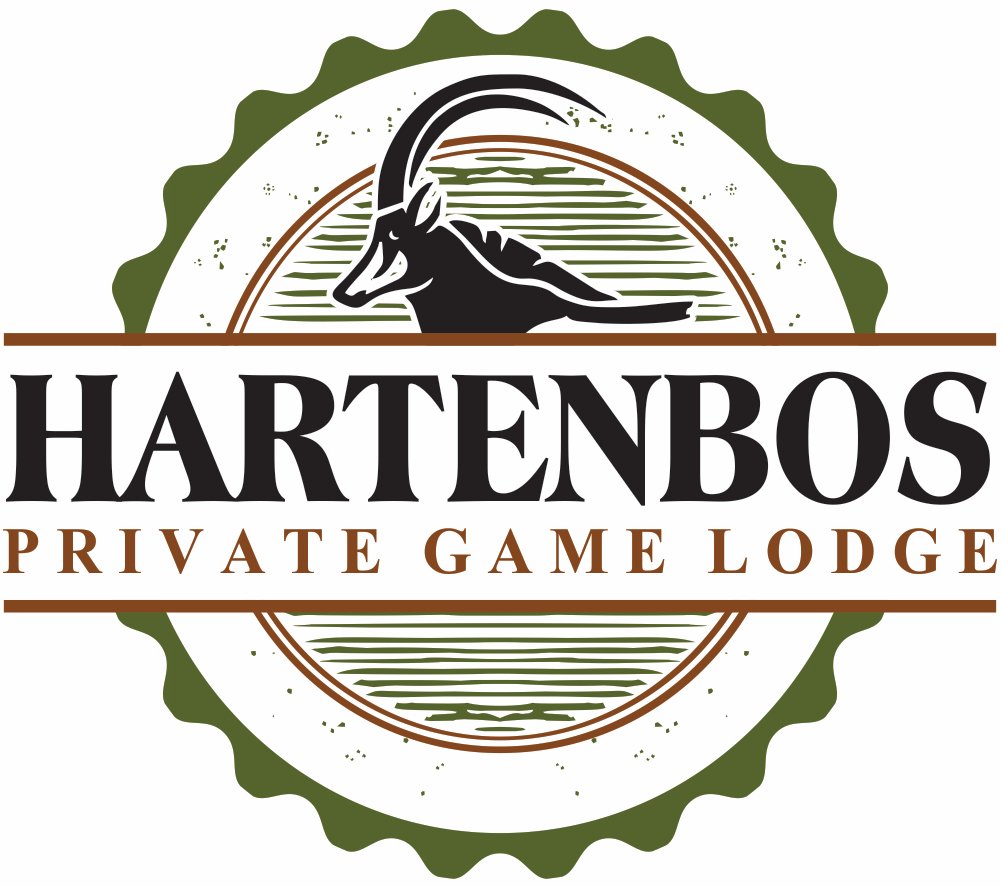

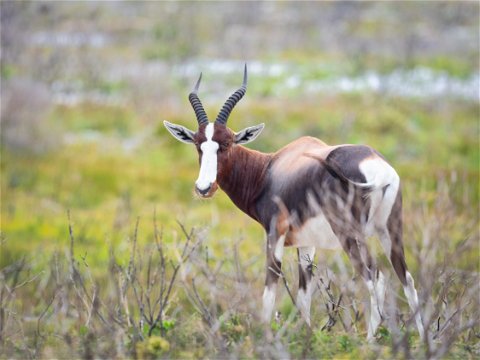
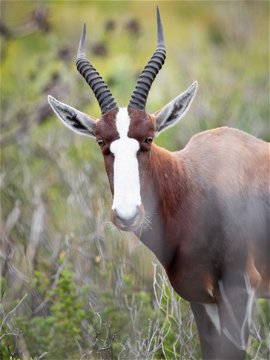
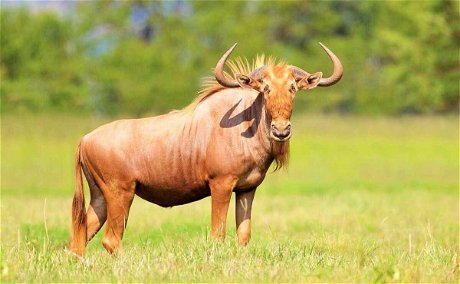
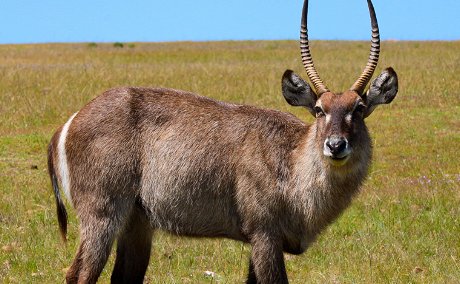
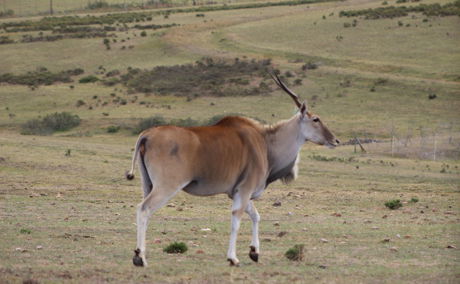
Share This Post